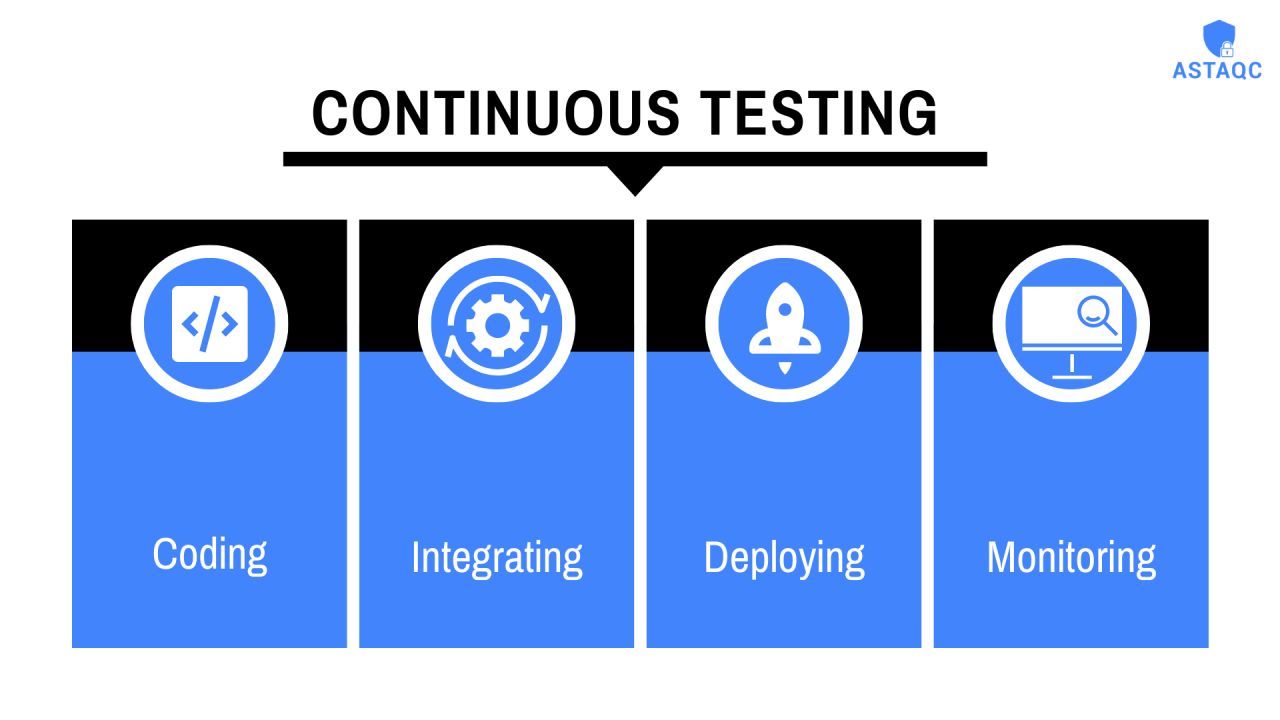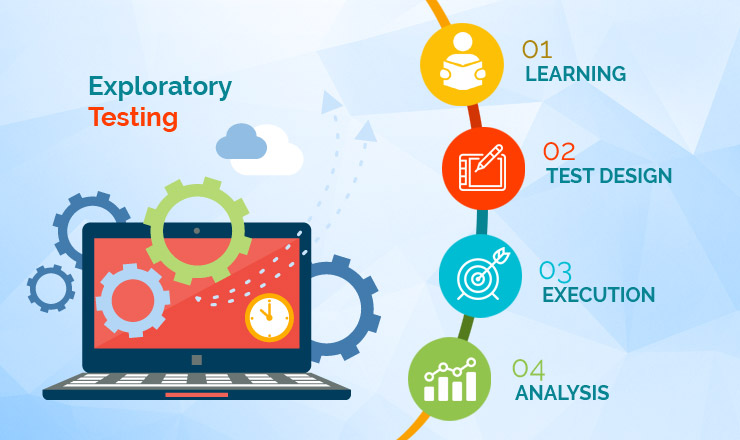
This article delves into the realm of “exploratory testing,” a dynamic testing approach that diverges from traditional scripted methods. Instead of relying on predefined test cases, exploratory testing empowers testers to uncover bugs organically, simulating real-world scenarios. TechArcis Testing, a leading provider of crowdsourced exploratory tests, offers insights into this innovative methodology.
What is Exploratory Testing?
Exploratory Testing Definition
“Exploratory testing” liberates testers from the constraints of scripted scenarios. This practice encourages creative exploration and mimics end-user actions to identify bugs without predetermined scripts or test cases. In the context of TechArcis Testing, testers are incentivized to discover high or critical priority bugs, enhancing the overall robustness of quality assurance (QA).
Is Exploratory Testing Always Functional Testing?
While the term “exploratory testing” is commonly associated with functional testing, it can encompass various testing dimensions. Techarcis Testing, for instance, allows testers to focus on functional, localization, and usability issues, termed as an “audit” within their framework. The flexibility of exploratory testing accommodates diverse testing needs.
Why Do Businesses Undertake Exploratory Tests?
The concept of exploratory testing emerged in 1984, coined by Cem Kaner, aiming to differentiate it from scripted testing using predefined test cases. Businesses opt for exploratory testing to complement scripted tests and enhance QA robustness. Unlike scripted tests, exploratory testing introduces an element of randomness, preventing systematic oversights in the QA process. Leveraging testers’ expertise, exploratory testing often delivers critical bugs more efficiently than test cases.
When is Exploratory Testing Done?
The decision to undertake exploratory tests aligns with business needs. Businesses may opt for exploratory testing when critical test cases are exhausted, and additional robustness is sought. It becomes effective when it outperforms other test types in bug identification, addresses concerns about test case robustness, explores edge cases, or when test cases are nonexistent.
Example of an Exploratory Test
Illustrating the process, let’s consider ConnectX, a fictional social media platform. During a major app update, ConnectX conducted an exploratory test to ensure posting functionality’s quality. The assigned tester creatively explored posting options, testing text and media combinations, and scrutinizing privacy settings. The tester uncovered critical bugs that were promptly addressed, enhancing user experience beyond what test cases alone could achieve.
Exploratory Testing: How it Works
Product Learning, Outcome Learning, Execution, Reiterate
Exploratory testing follows a structured yet flexible approach, mirroring regular tests. Testers engage in product learning to understand the application, grasp desired outcomes, execute tests creatively, and iterate based on results. Each round of exploratory testing enhances tester efficiency and overall test effectiveness.
Exploratory Testing Within Agile
Agile development integrates exploratory testing into sprint cycles, challenging its automation due to its inherent flexibility. Techarcis Testing’s crowd-based exploratory tests offer a 48-hour turnaround, addressing the agility challenge.
Exploratory Testing Tools and Services
Techarcis Testing as an Exploratory Testing Service
Techarcis Testing excels as a crowdtesting service, leveraging a vast pool of professional testers worldwide. Crowdsourcing combines the advantages of specialized testing services with the efficiency of automated tests. The crowd’s high availability, diverse time zones, and quick turnaround make it a potent choice for exploratory testing.
Advantages of Techarcis Testing
Techarcis Testing stands out with its longevity, security, and integration capabilities. As the oldest crowdtesting provider, it boasts trust from major technology players like Google, Meta, Microsoft, and Atlassian. The ISO 27001 security certification ensures data and product roadmap security. The platform’s integration-first approach facilitates seamless collaboration through Jira, Smartbear Zephyr, TestRail, GitHub, and Slack.
Other Ways of Fulfilling Exploratory Testing
Various avenues exist for exploratory testing, including independent testing companies, QA consulting firms, managed service providers, software development companies, independent software testers, and in-house testing teams. The choice depends on project requirements, budget, expertise, and client involvement preferences.
In essence, exploratory testing emerges as a dynamic and essential component of the QA landscape, offering businesses a flexible and efficient approach to identify critical bugs and enhance overall software quality. Whether leveraging crowdtesting services or exploring in-house capabilities, businesses can adapt exploratory testing to meet their unique testing needs and drive robustness in their software development processes.
More Related Blog
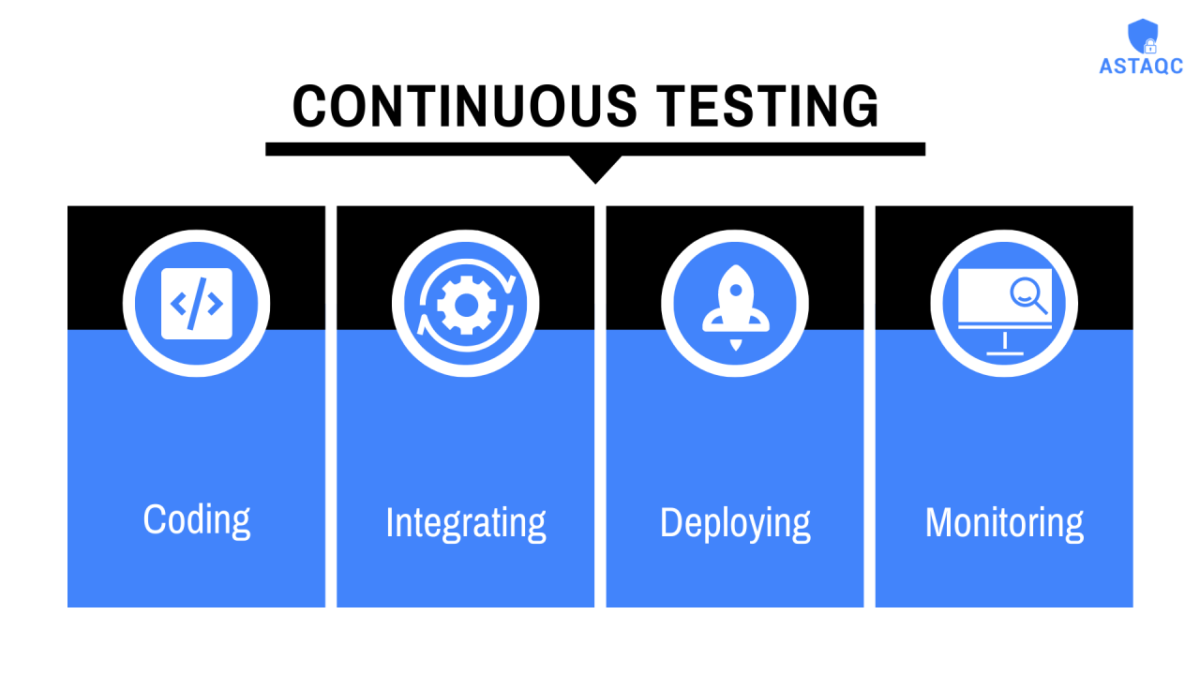
Continuous Testing and Its Role in the Software Development Cycle
Change is the only constant –this is an often repeated adage. It is equally applicable to the software development cycle. In today’s competitive market where everyone is short on time. Clients and customers are impatient to get results. Business houses … Continue reading "Exploratory Testing: Exploring the What, When, Where, and Why"...
Read More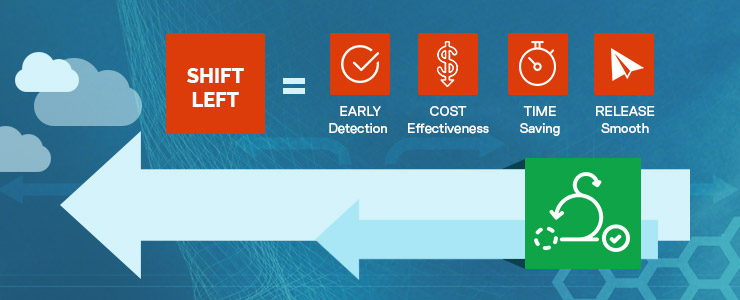
What is “Shift Left”? 2024 Shift Left Testing Explained
Shift left testing is the practice where testing is introduced at the inception stage of software development. Here, the teams emphasize on prevention rather than detection and aim to enhance the overall quality of the software....
Read More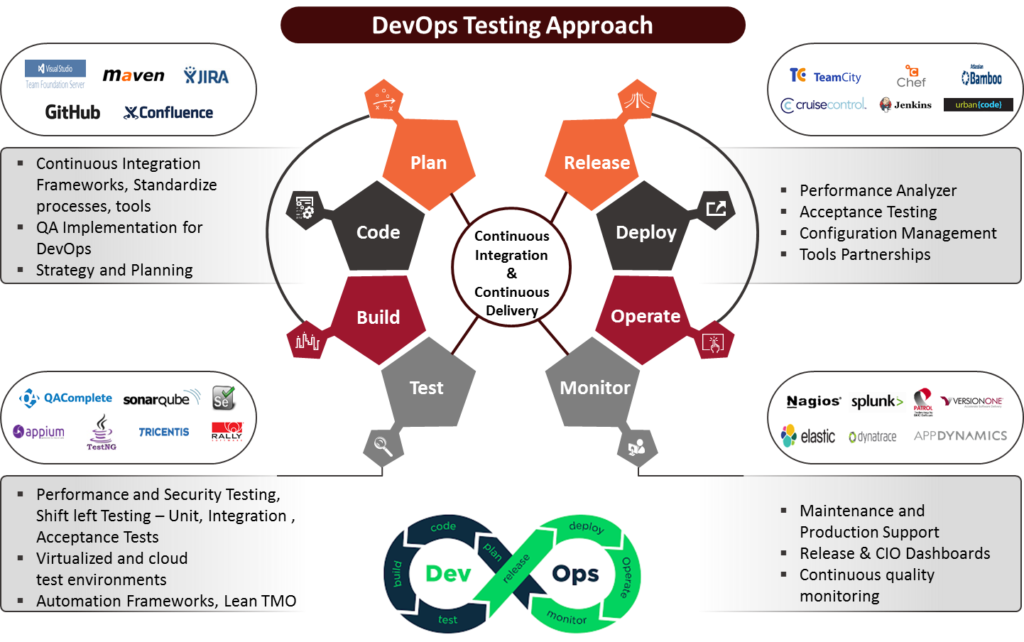
Agile and DevOps development Model is an Incremental Process (Updated JAN 2024)
Agile methodology is widely adopted in almost all the enterprises, its advantages and the agility it brings to software and product development process is widely recognized. Organizations are now on the path to adopt DevOps, which is a step in … Continue reading "Exploratory Testing: Exploring the What, When, Where, and Why"...
Read More
